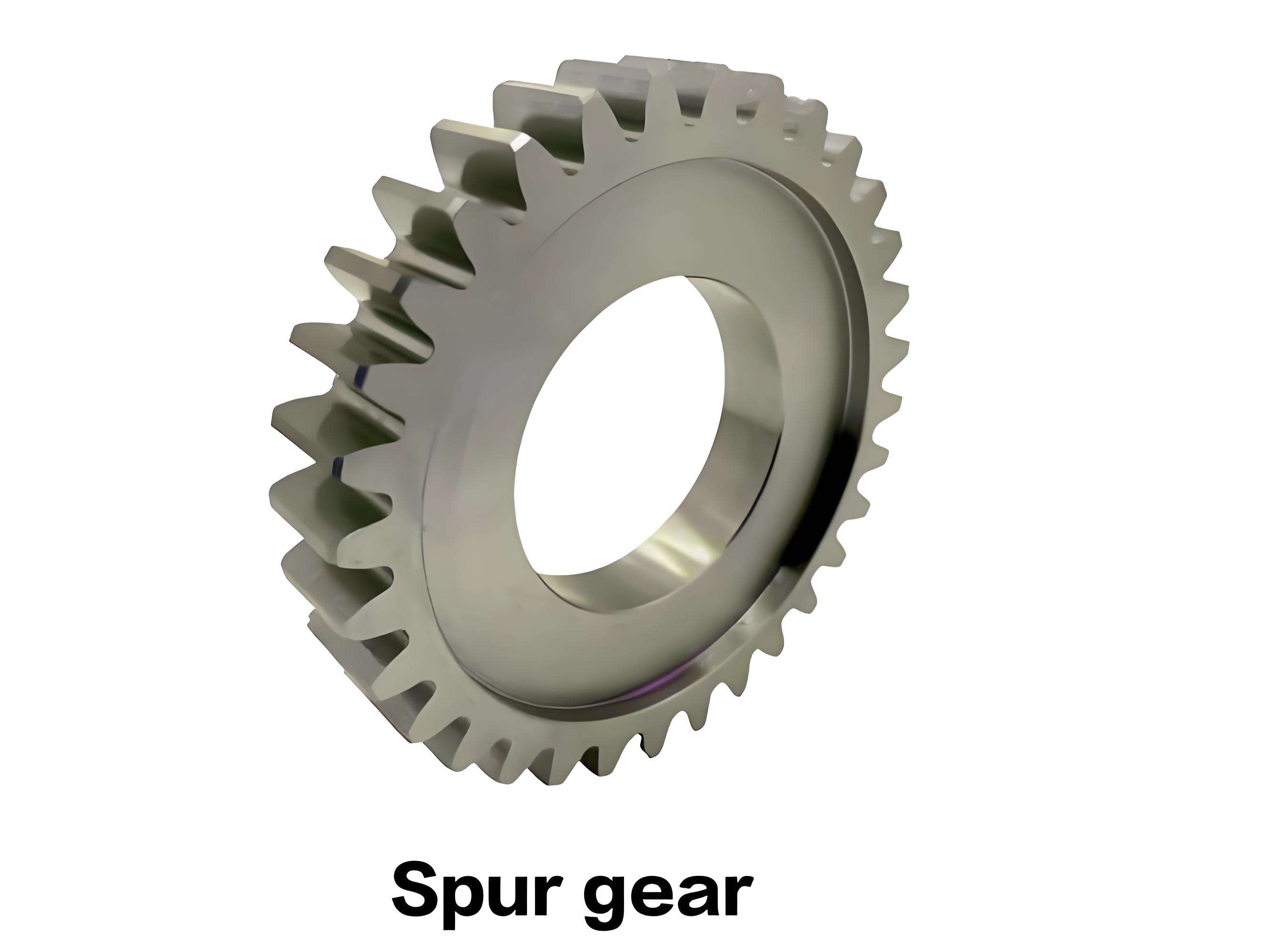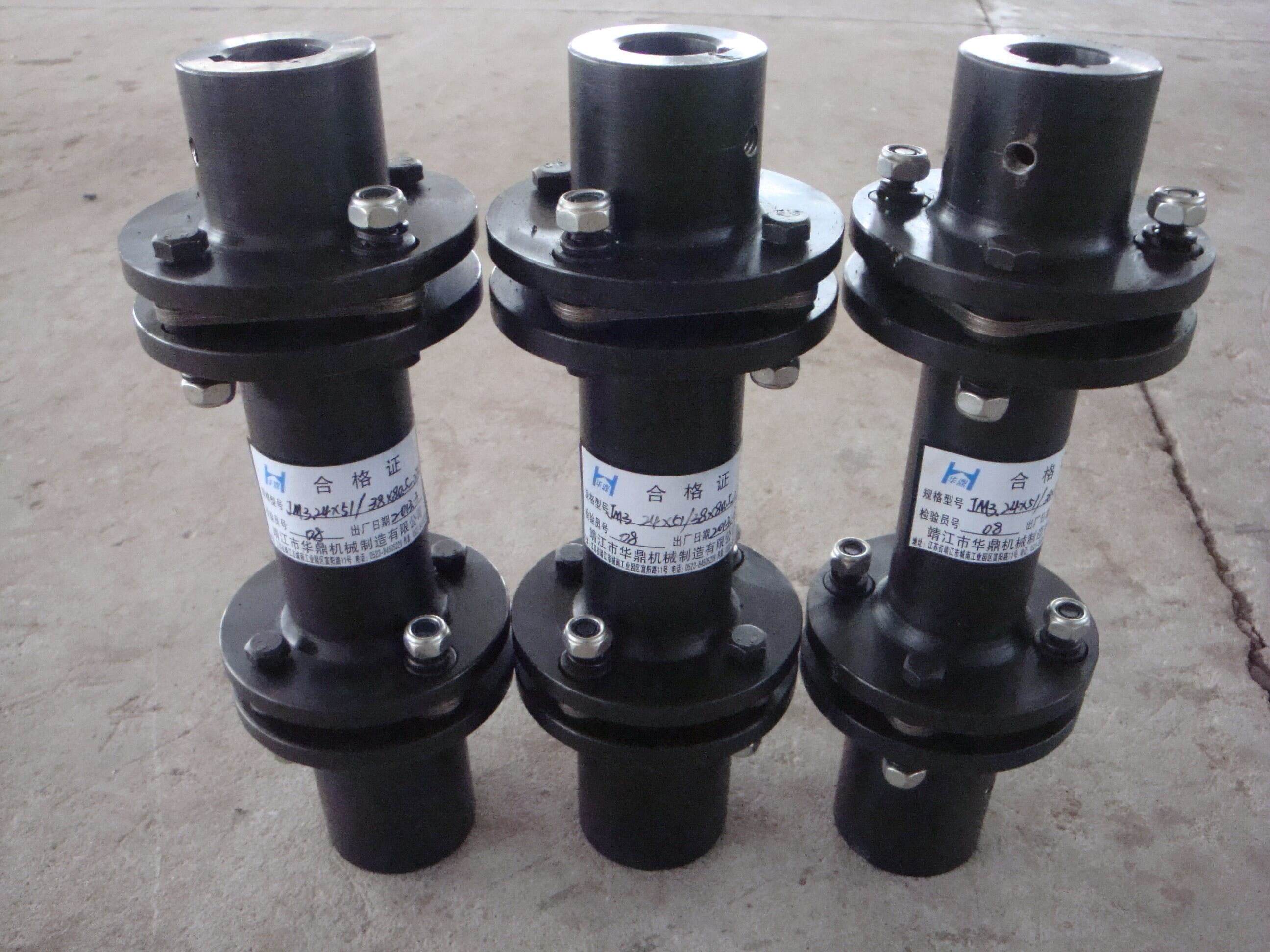shaft joint coupling
A shaft joint coupling is a critical mechanical component that serves as a connecting element between two rotating shafts, enabling the efficient transfer of power and rotational motion. This essential device accommodates various types of misalignment, including angular, parallel, and axial, while maintaining smooth operation and minimizing vibration. The coupling consists of two hubs that attach to the respective shaft ends and an intermediate element that facilitates the connection. Modern shaft joint couplings incorporate advanced materials and design features that enhance performance, durability, and reliability. They are engineered to withstand high torque loads, operate at various speeds, and maintain precision alignment even under demanding conditions. These couplings find extensive applications across numerous industries, including manufacturing, power generation, automotive, and heavy machinery. The design variations available range from rigid couplings for precise alignment requirements to flexible couplings that can accommodate significant misalignment while maintaining operational efficiency. Understanding the specific requirements of the application, including torque capacity, speed, and environmental conditions, is crucial for selecting the appropriate coupling type.


